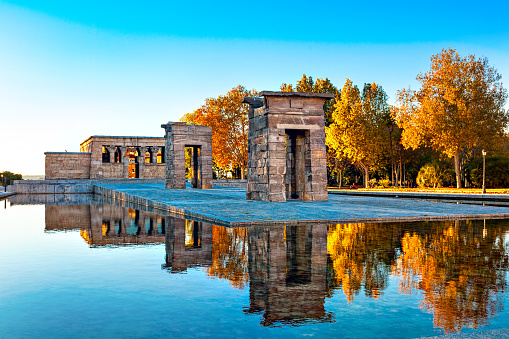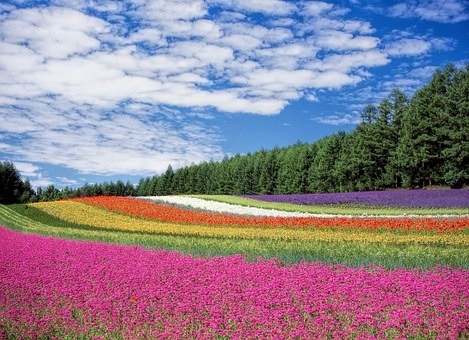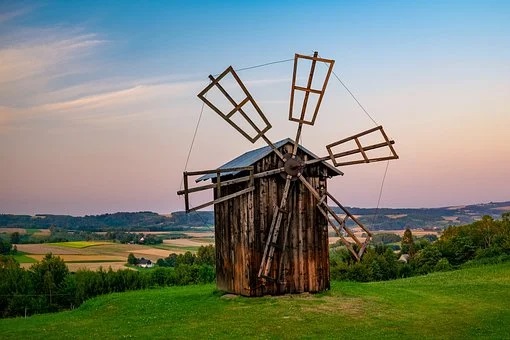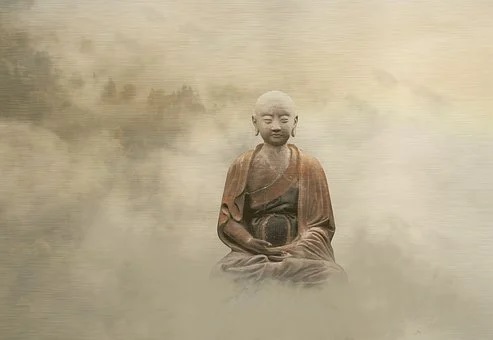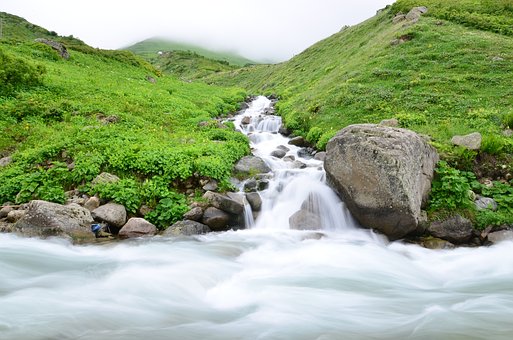Another analogy is this: in ancient times, most of the towns in the East and West are surrounded by a wall; one must enter the town through a gate. If the town only has one gate, a person who wants to go into town must enter through this gate. Many families live in the town; once inside, the person is free to visit any family. However, if the person does not pass through this gate, he can only stay outside and never get in. Renunciation and bodhicitta are the same—they are the only entrance to practice. After cultivating renunciation and bodhicitta, we are free to take up Dzogchen, Mahamudra, Kalacakra, or the generation and completion stage practices. Without renunciation and bodhicitta, it would be foolish to think we can succeed in any of these practices.
~Depicted from GATEWAY TO VAJRAYANA PATH - Entering the Vajrayana Path


